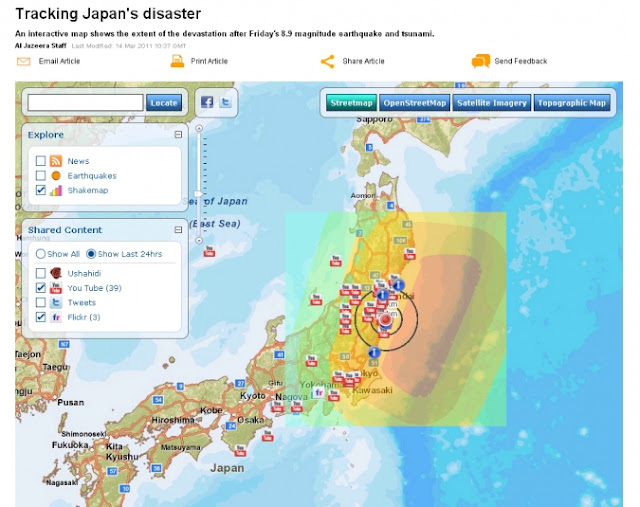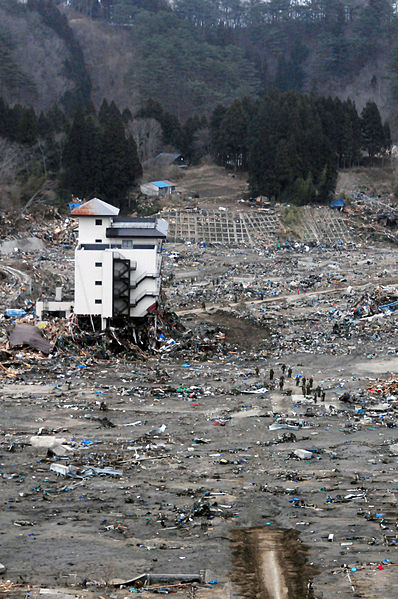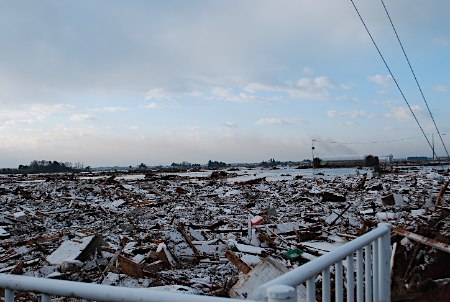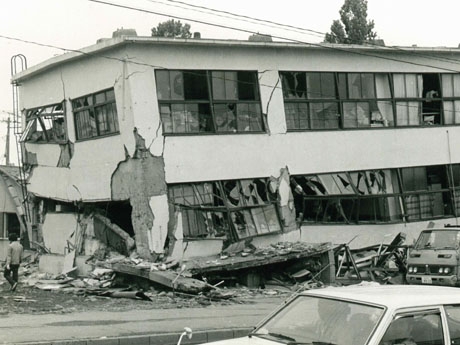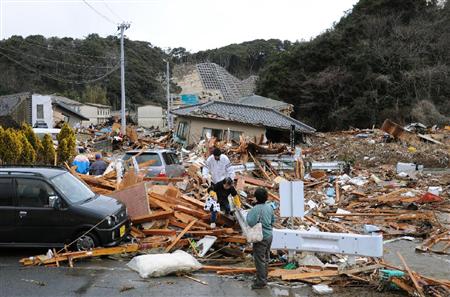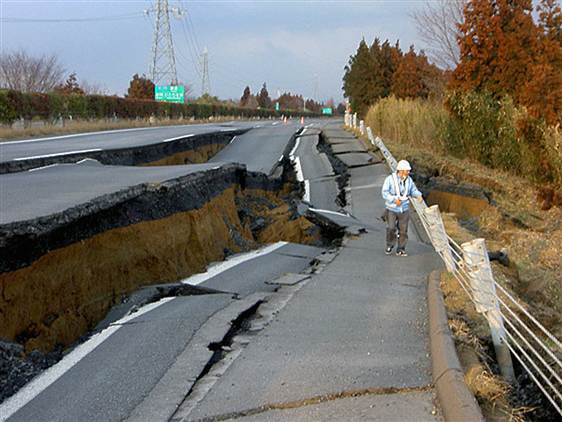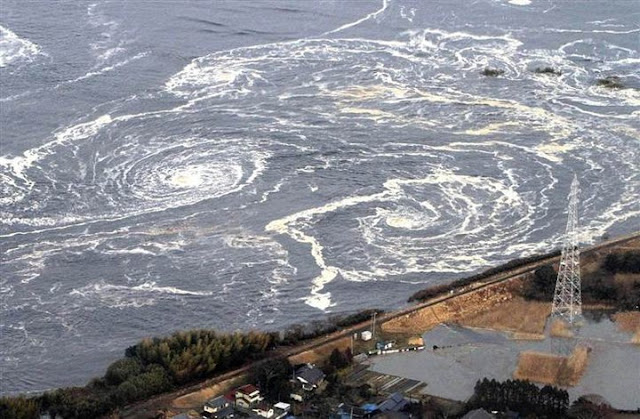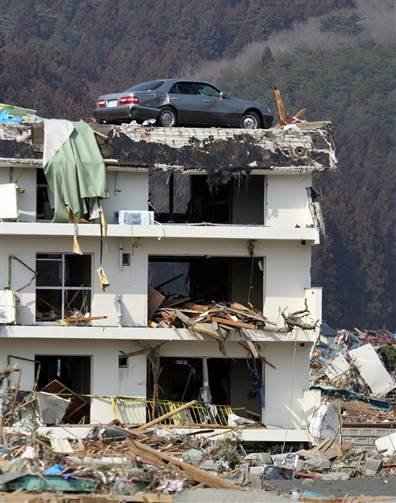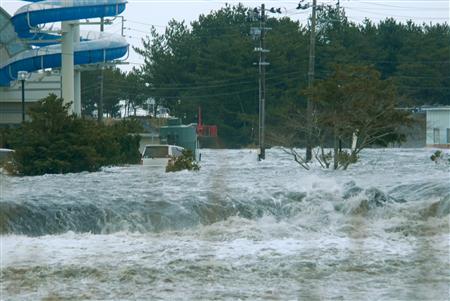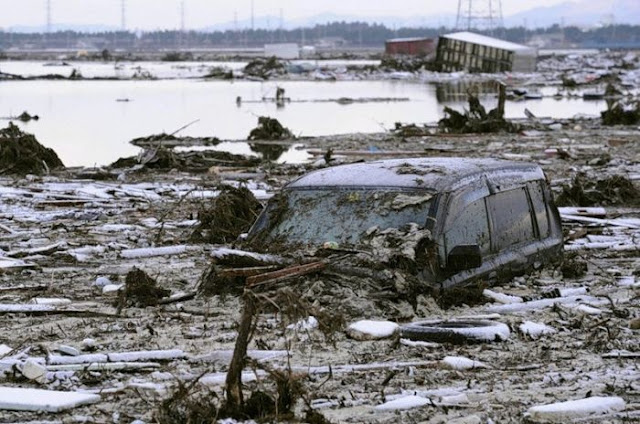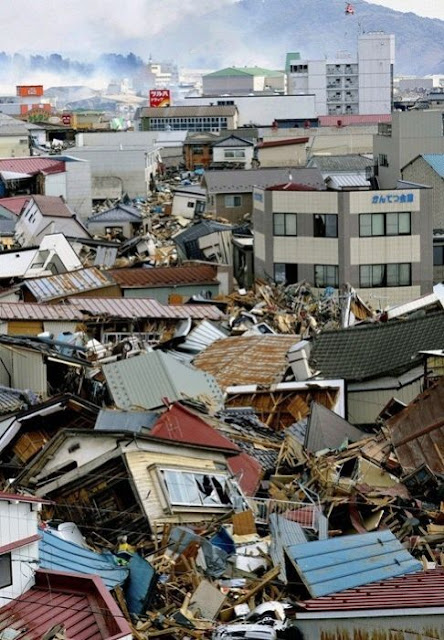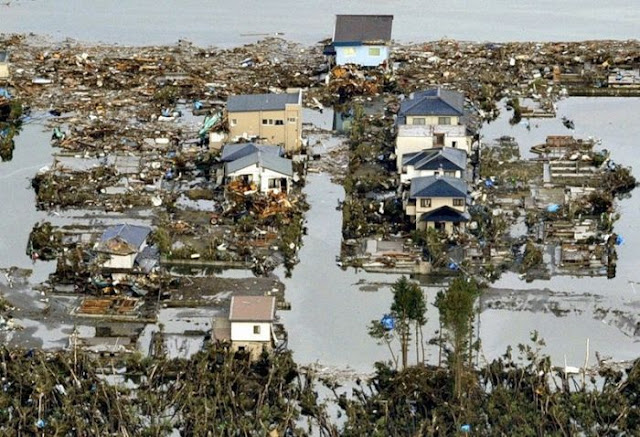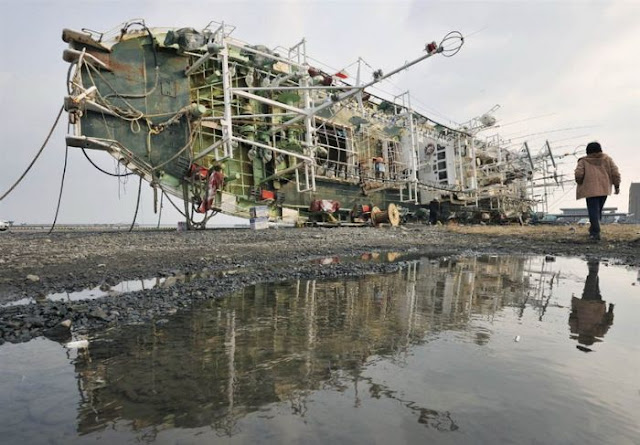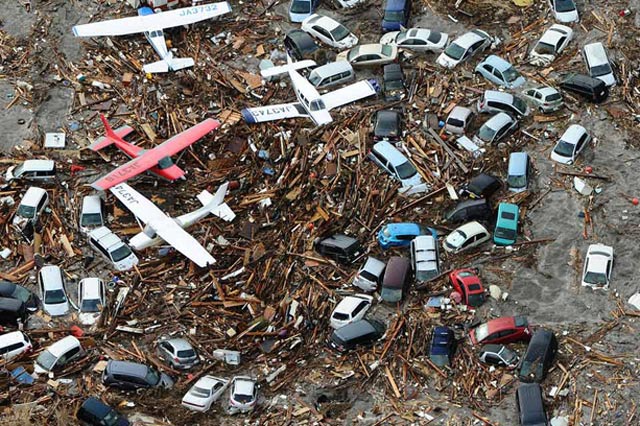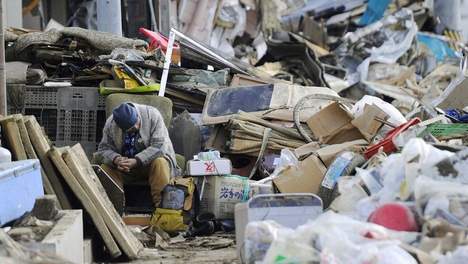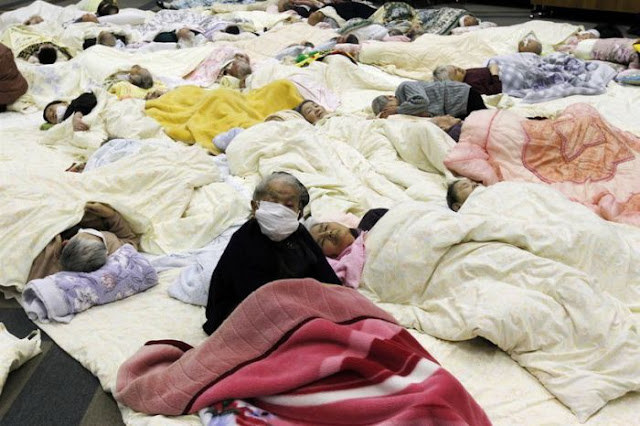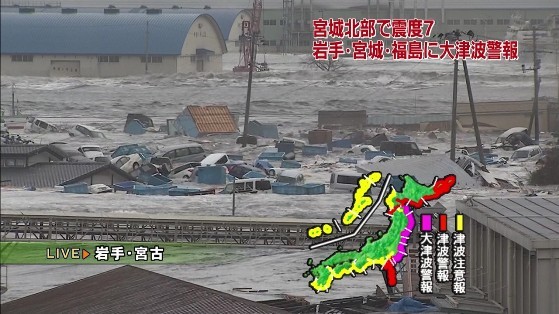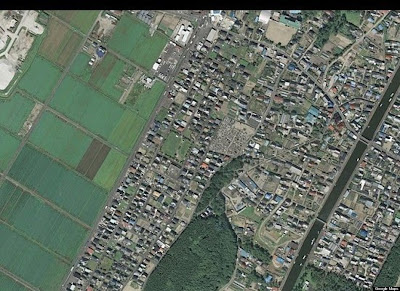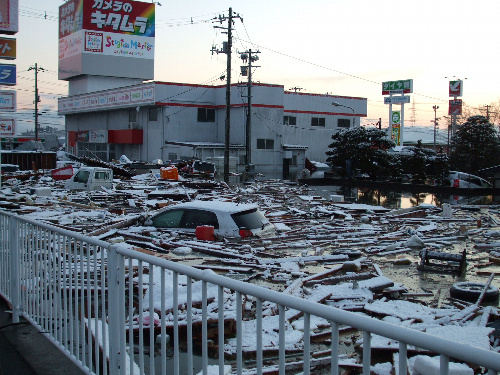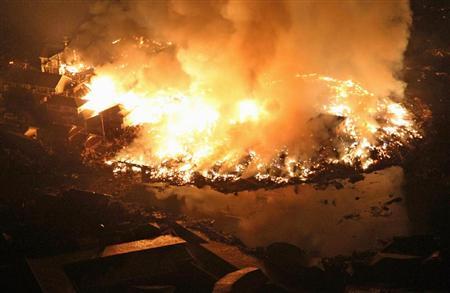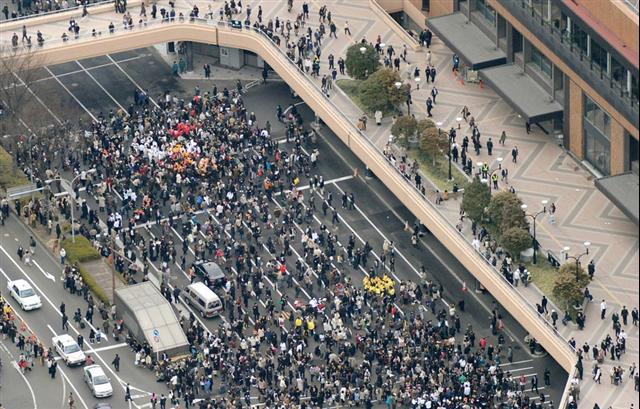A fifty-year goodbye
Category Archives: Tsunami
Sendai – one year later
Aftermath, 津波 つなみ Tsunami 地震 じしん Jishin Earthquake
How can we forget these pictures?! We cannot and we must not. Yet amidst all that despair and devastation there are now signs of hope and survival against all odds, signs of struggle to come up again. It has been an extremely difficult time for the Japanese of North Eastern Japan, yet changes are coming – slowly, it would appear, but they are coming. We found some signs of hope:
But they are laughing and enjoying each other’s company again.
Hope 希望 きぼう kibō
Here is an amazing link to a most informative site:
Earthquakes 地震 じしん

地震
11 March 2011 Sendai Earthquake
a horror unfolding
20000 lives lost and still counting…
first there is shock and horror…
then there is just desolation…
Sendai Airport’s runways
and then there is almost endless sorrow…



before
after
and more and more destruction,
unbelievable destruction
As far away as Tokyo and Yokohama the quake
is felt and damage is recorded
the subsequent drama that unfolded:
the Fukushima nuclear power plants’ disaster
The drama continues still now…
Tsunami 津波 つなみ
津波 つなみ tsunami
A tsunami is a giant tidal wave. Japan has experienced this kind of wave over the centuries, but more recently these waves are being named using the Japanese word. The power of tsunami are almost unmeasurable. These days with modern computers and impact models the effects are being studied and measured. Even so, scientists still get it wrong regularly, as the giant tsunami off the Indonesian coast on Boxing Day proved. Hawaii is another country which is aware of tsunami effects, as it regularly experiences them, being out in the middle of the Pacific Ocean.
A couple of facts need to be remembered: no-one can outrun or out-drive a tsunami. They can travel at a speed of some 800 kilometres an hour (the speed of a plane).
And also: 1000 litres of water is one tonne of weight, so if 20 kilometres wall of water rushes towards you, it is like being hit by a mountain. Fatal.
However, most damage and most injuries are caused by the debris, the flotsam and the wreckage that are carried along by the water. In certain circumstances trees, houses, boats, cars, even houses can be swept along. The human body has no chance.
The following images, though they may have temporary awe and amazement for a potential surfer, they are truly ghastly and to be feared in any real tsunami situation.
This is how tsunamis work according to scientific research:
This is a wood-block print by a famous Japanese artist centuries ago, Hokusai, and it shows a beautiful artistic impression of what would have been a horrific event.
And this is what Hollywood makes of it. Well, 40 metre high waves have been recorded, so it is a possibility, but not even the Boxing Day disaster looked like this. The sad reality is that survivors are not concerned whether the suffering was as a result of a 20 metre wave, or a 40 metre wave – the helplessness, despair and trauma is the same.
The recent tsunami disaster in northern Japan near Sendai was caused by 15 metre waves. Land inward up north from Sendai water reached 38 metres up the hill. Added to that, some coast lines sank in the quake by between 2 and 5 metres.



























































